© 2023 All Rights Reserved. Don’t distribute or repurpose this work with out written permission from the copyright holder(s).
Printed from https://www.damninteresting.com/journey-to-the-invisible-planet/
Within the late seventeenth century, pure thinker Isaac Newton was deeply uneasy with a brand new scientific idea that was gaining forex in Europe: common gravitation. In correspondence with a scientific up to date, Newton complained that it was “an absurdity” to suppose that “one physique could act upon one other at a distance by a vacuum.” The scientist who proposed this preposterous idea was Isaac Newton. He first articulated the concept in his extensively acclaimed magnum opus Principia, whereby he defined, “I’ve not but been capable of uncover the reason for these properties of gravity from phenomena and I feign no hypotheses […] It’s sufficient that gravity does actually exist and acts in accordance with the legal guidelines I’ve defined.”
Newton proposed that celestial our bodies weren’t the only sources of gravity within the universe, relatively all matter attracts all different matter with a pressure that corresponds to mass and diminishes quickly with distance. He had been learning the motions of the six recognized planets—Mercury, Venus, Mars, Jupiter, Saturn, and Uranus—and by increasing upon the legal guidelines of planetary movement developed by Johannes Kepler about eight many years earlier, he arrived at an equation for gravitational pressure F that appeared to match many years of knowledge:
The place m1 and m2 are the plenty of the objects, r is the space between their facilities of mass, and G is the gravitational fixed (~0.0000000000667408). However that is solely an approximation; humanity could by no means know the exact worth as a result of it’s inconceivable to isolate any measuring equipment from all the gravity within the universe.
Fellow astronomers discovered that Newton’s idea gave the impression to be correct—common gravitation appeared to reliably forecast the typically irregular movement of the planets much more intently than Kepler’s legal guidelines. In 1705, Queen Anne knighted Isaac Newton to make him Sir Isaac Newton (although this honor was because of his work in politics, not for his appreciable contributions to math or science).
Within the century that adopted, Newton’s common gravitation carried out flawlessly. Celestial our bodies appeared to stick to the elegant idea, and in scientific circles, it started to crystallize right into a legislation of nature. However within the early nineteenth century, cracks started to appear. When astronomer Alexis Bouvard used Newton’s equations to rigorously calculate future positions of Jupiter and Saturn, they proved spectacularly correct. Nonetheless, when he adopted up in 1821 with astronomical tables for Uranus—the outermost recognized planet—subsequent observations revealed that the planet was crossing the sky considerably slower than projected. The fault was not in Bouvard’s math; Uranus gave the impression to be violating the legislation of common gravitation.
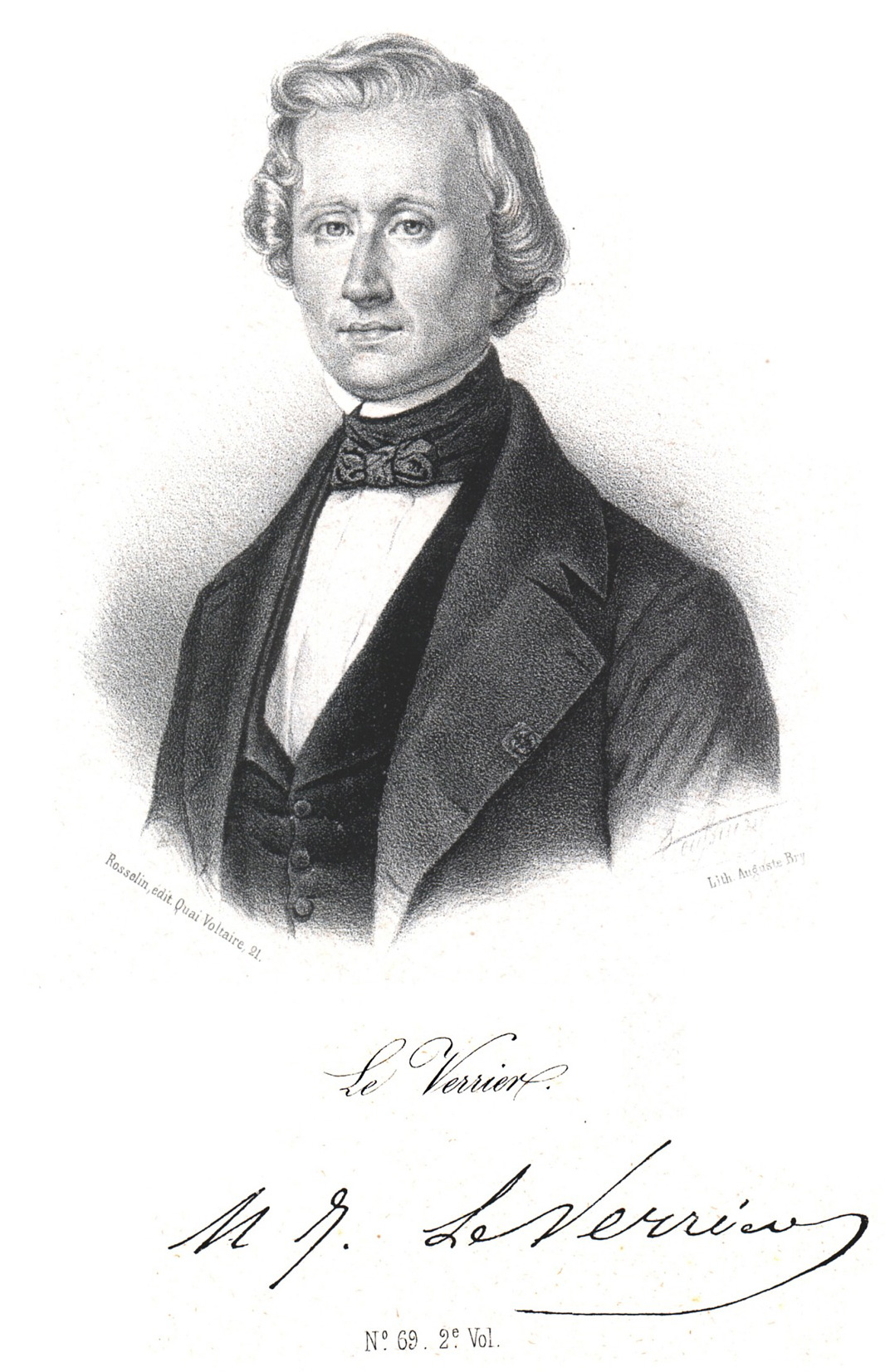
Newton’s idea was once more referred to as into query in 1843 by a 32-year-old assistant astronomer on the Paris Observatory, Urbain Le Verrier. Le Verrier had been following the Uranus perturbations with nice curiosity, whereas additionally compiling a painstaking report of the orbit of Mercury—the innermost recognized planet. He discovered that Mercury additionally departed from projections made by common gravitation.
Was common gravitation a flawed idea? Or would possibly undiscovered planets lurk in extra-Uranian and intra-Mercurial house, disturbing the orbits of the recognized planets? Astronomers all over the world scoured the skies, searching for out no matter was perturbing the photo voltaic system. The reply, it turned out, was more odd than they might have supposed.
If there have been certainly unseen planets, verifying them visually would show difficult. An intra-Mercurial planet between Mercury and the solar can be smothered in extreme glare. And an extra-Uranian planet outdoors of the recognized photo voltaic system can be such a small, dim, slow-moving spot within the vastness of house that it was a idiot’s errand to easily search for it; one would wish to estimate its place primarily based on its affect upon Uranus, which might contain years of exact, painstaking calculations in longhand.
Twenty-five years of calculations, it turned out. Le Verrier continued to catalog the discrepancy in Mercury’s orbit; in the meantime, he additionally grappled with the arithmetic to approximate the place of an unknown planet that may be inflicting drag on Uranus. By June 1846, he felt he had reached a believable estimation, and he hoped to examine his work with remark. He requested his superiors on the Paris Observatory for a while on the coveted 9 inch diameter telescope. The observatory workers, nevertheless, had little confidence within the longhand calculus of a mere assistant astronomer. His request was denied.
Le Verrier contacted observatories all through France, however all of them rejected his request for telescope time. The elder astronomers felt there couldn’t be success in making observations primarily based on mere theoretical deductions. It had by no means been completed earlier than. Undeterred, Le Verrier dispatched an in depth letter to a colleague outdoors of France—Johann Galle, the director of the Berlin Observatory.
Galle acted on the letter the very night he acquired it and directed his personal 9 inch telescope at Le Verrier’s estimated celestial coordinates. After a short search, he discovered a small, blue disk of sunshine. The next evening, he noticed the coordinates once more and located that the speck had moved barely relative to background stars. He wrote again, “The planet whose place you indicated actually exists. The identical day I acquired your letter I discovered a star of the eighth magnitude that was not recorded […] The remark of the next day confirmed that it was the planet sought.”
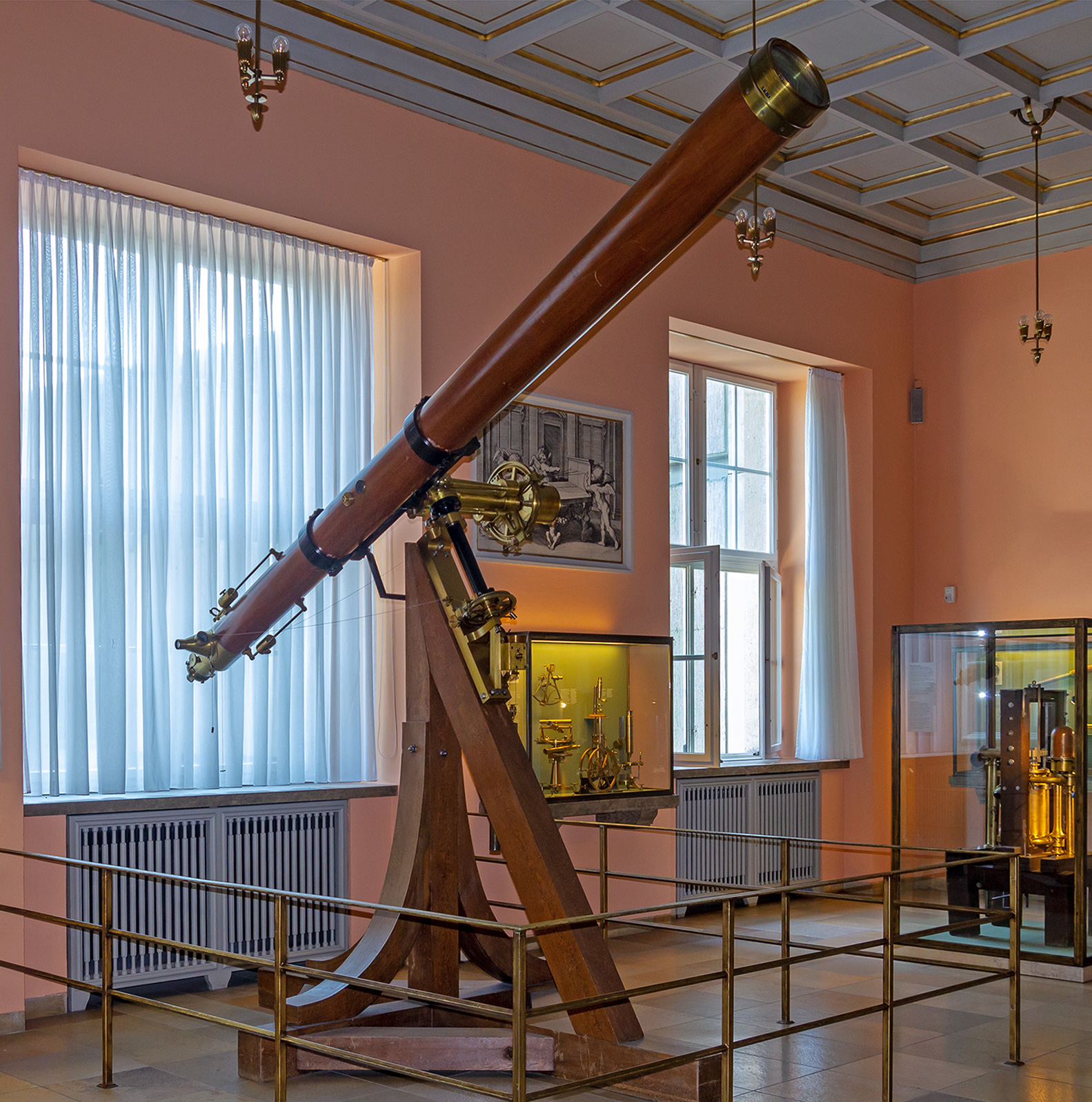
It was a planet, the primary in historical past to be discovered by way of calculation previous to direct remark. As phrase unfold, the Royal Society awarded Le Verrier the Copley medal for his historic achievement. The invention of a brand new outermost planet was a triumph for Victorian-era science, and it thrust the astronomer’s assistant into astronomical celeb. Le Verrier thought the brand new planet ought to be named “Le Verrier”—going as far as to retroactively check with Uranus as “Herschel” after its discoverer—however the scientific group disregarded such vainness and settled on naming the brand new blue planet “Neptune” after the legendary Roman god of the ocean. Newton was evidently vindicated.
But there was nonetheless the matter of the innermost planet, Mercury, that appeared to defy common gravitation. Till this matter was settled, Newton’s components would stay in query. Together with his newfound entry to scientific assets, Le Verrier turned his sights towards the internal photo voltaic system to seek for a second doable uncharted planet—this one hiding in broad daylight.
For hundreds of years, there had been rumors and hypotheses relating to an unseen planet between the solar and Mercury. Even earlier than Le Verrier found Mercury’s orbital irregularity, there have been so many experiences of darkish spots transferring throughout the face of the solar that scientists started to informally check with a hypothetical intra-Mercurial planet as “Vulcan,” for the Roman god of volcanoes and forges. As soon as astronomers grew to become conscious of Mercury’s departure from Newton’s legislation, such a planet was naturally essentially the most credible clarification. Alternatively, maybe there was a hidden asteroid belt close to the solar, much like the one between Mars and Jupiter—a subject of so-called “vulcanoids.” One other concept was that the solar would possibly expertise cyclical “photo voltaic protuberances” that trigger variations within the solar’s gravity.
Le Verrier amassed and arranged over 40 years’ value of data on Mercury’s orbit to completely characterize the character of its perturbation. Happily, Mercury orbits the solar in simply 88 Earth days (in comparison with 84 Earth years for Uranus). After over a decade of number-crunching, Le Verrier decided that the irregularity was brought on by perihelion precession—Mercury’s orbit was curving inward 56 arcseconds (about 0.016º) per Earth yr greater than it ought to. In different phrases, every time the planet made its closest method to the solar, its orbital flip was barely tighter than it ought to be. To an observer from above the photo voltaic system, a line tracing Mercury’s orbit would look extra spirographic than common gravitation might account for. In 1859, Le Verrier revealed a paper together with his findings.
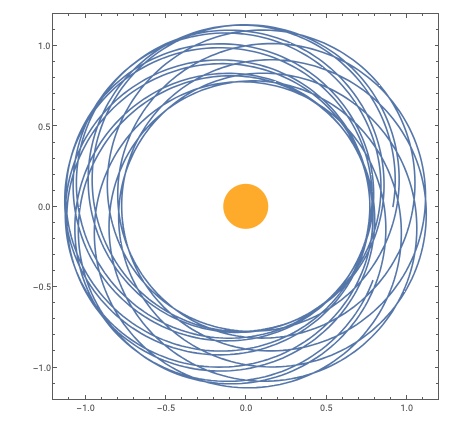
For apparent causes, astronomers couldn’t merely level their telescopes towards the solar and peer by the lenses in search of a brand new planet—specialised tools and really fortunate timing have been required. Mercury, for instance, circles the solar about 415 occasions in a given century, however owing to its eccentric orbit and excessive orbital inclination, Earth observers solely witness about 13 transits of the solar per century. And viewing these transits requires deeply tinted filters or a setup that tasks the solar’s picture onto a display. Mercury is typically seen throughout a complete photo voltaic eclipse, when it occurs to be to the left or proper of the solar from our perspective. The identical can be theoretically true of Vulcan, however it could be a lot dimmer, a faint speck, and there can be little time for looking out (as Le Verrier realized first-hand when he led an expedition to Spain to watch a complete eclipse in July 1860). All instructed, even with Le Verrier’s 1859 findings, and even when astronomers grew to become satisfied of the existence of an undiscovered intra-Mercurial planet, making a direct remark would possibly require many years.
5 months later, the primary credible sighting was reported. A French doctor and newbie astronomer named Dr. Edmond Lescarbault was observing a presumptive sunspot together with his yard telescope when he realized that the oddly disc-like spot was transferring throughout the face of the solar a lot sooner than any sunspots he had seen earlier than. Having noticed a transit of Mercury years earlier, and understanding that Mercury wouldn’t be transiting at the moment, he surmised that this was a beforehand undiscovered internal planet. Lescarbault used a small clock to time the transit and measured its exact measurement and place. He wrote down his findings and despatched them to the comparatively new director of the Paris Observatory, former assistant astronomer Le Verrier.

A number of days later, an surprising determine darkened Lescarbault’s doorway. It was Le Verrier. He had questions, and he gave the impression to be in a bitter temper. Le Verrier interrogated the newbie astronomer at size and insisted on inspecting Lescarbault’s telescope. To Le Verrier’s shock, the yard telescope was a fairly succesful machine—a four-foot-long lens-based refractor (versus a mirror-based reflector), with an goal lens about 4 inches in diameter. Le Verrier famous that Lescarbault had respectable tools, a modest demeanor, painstaking measurements, and former expertise observing a planetary transit of the solar. Step by step, the once-skeptical director of the Paris Observatory unclenched his cynicism and have become persuaded that the remark was reputable. Le Verrier later wrote, “Lescarbault’s explanations, the simplicity with which he supplied them to us gave us complete conviction that the detailed remark he had accomplished have to be admitted to science.”
On 02 January 1860, at a gathering of the French Academy of Sciences in Paris, Le Verrier introduced the invention of a brand new planet for the second time in his profession. Primarily based on Dr. Lescarbault’s cautious observations, he had calculated that this planet orbited the solar at a distance of simply 13 million miles. At that distance, an observer on “Vulcan” would see a solar 50 occasions bigger and brighter than it seems on Earth, and a yr would final slightly below 20 Earth days. If Le Verrier’s orbital figures have been anyplace close to correct, the timing was fortuitous—the subsequent transit of the solar was anticipated to happen in March 1860, simply three months sooner or later. If not then, there have been different transit home windows predicted roughly one Earth yr aside.
For his historic contribution to science, Dr. Lescarbault was introduced with the French Legion of Honor, the nation’s highest order of advantage. The scientific group celebrated as soon as once more, although this time with reservations. Vulcan was not a positive factor; it had not but been verified by direct observations, however Le Verrier’s popularity actually gave the declare some legitimacy. In any case, no different human had ever prognosticated a planet by way of arithmetic. Whereas awaiting the primary alternative to straight view the brand new planet’s silhouette in opposition to the solar, observatories all over the world started an in depth evaluate of photographic plates from prior photo voltaic observations, hoping to seek out dim, missed specks in eclipse photographs, or suspiciously spherical sunspots.
Some weeks after the announcement of Vulcan’s existence, Le Verrier acquired a parcel from the Bern Observatory in Switzerland. It was from Prof. Dr. Rudolf Wolf, a sun-studying scientist of some renown. He was well-known for designing a system to quantify sunspots, a system scientists nonetheless use at this time referred to as the Wolf Quantity. He was additionally the primary to find that sunspots proliferate and abate in common cycles of 11.1 Earth years. After the information of Dr. Lescarbault’s remark, Dr. Wolf scrutinized his assortment of photo voltaic images, and despatched Le Verrier 21 pictures that confirmed doable planetary sightings. There was nothing definitive; they have been largely ambiguous spots and smudges, however the images added to the orgy of circumstantial proof.
Throughout the prescribed transit window in March 1860, scores of tinted telescopes all over the world swiveled to level straight on the solar. With a whole lot of eyes over dozens of days, no planetary transits have been reported. Throughout the subsequent predicted window, a couple of yr later, outcomes have been equally disappointing. Within the third yr, nevertheless, within the early hours of March twentieth, hobbyist astronomer “Mr. Lummis, of Manchester” was observing together with his telescope when he was startled by a “completely spherical spot transferring throughout the solar.” He summoned a pal to validate the sighting, and his pal concurred. It appeared like a planet. Primarily based on Mr. Lummis’s subsequent report and its particulars, astronomers additional revised Vulcan’s hypothetical orbital parameters to raised predict future transit home windows.
That very same yr, on the opposite facet of the globe within the American Northwest, one other observer described his potential sighting of Vulcan:
“The solar had reached an altitude of about 80° above the horizon, when a small boy requested me what was the matter with the solar. On taking a look at it I noticed a planet […] a superbly rounded, effectively outlined darkish spot […] I watched its progress until its completion and not using a telescope, merely glancing with partially closed eyes, at very quick intervals.”
In 1876, astronomer Heinrich Weber, observing from northeast China, reported a darkish disk transferring throughout the face of the solar that might not be defined as any recognized planet. This was the strongest proof but for Vulcan. Now {that a} true skilled astronomer had laid eyes upon the elusive object, the general public and the favored press have been desirous to declare Vulcan formally in existence. Many scientists have been extra circumspect; the proof was nonetheless too weak. No different skilled astronomers had reported comparable observations at the moment. Other than its obvious affect on Mercury, the one proof for one more planet was an extended historical past of spotty, unreplicated glimpses and blurry photo voltaic photographs. It was the ocean serpent of the photo voltaic system. Nonetheless, some producers of photo voltaic system charts started together with the intra-Mercurial physique as a presumptive planet, and astrologers started to incorporate Vulcan’s actions of their horoscopes.
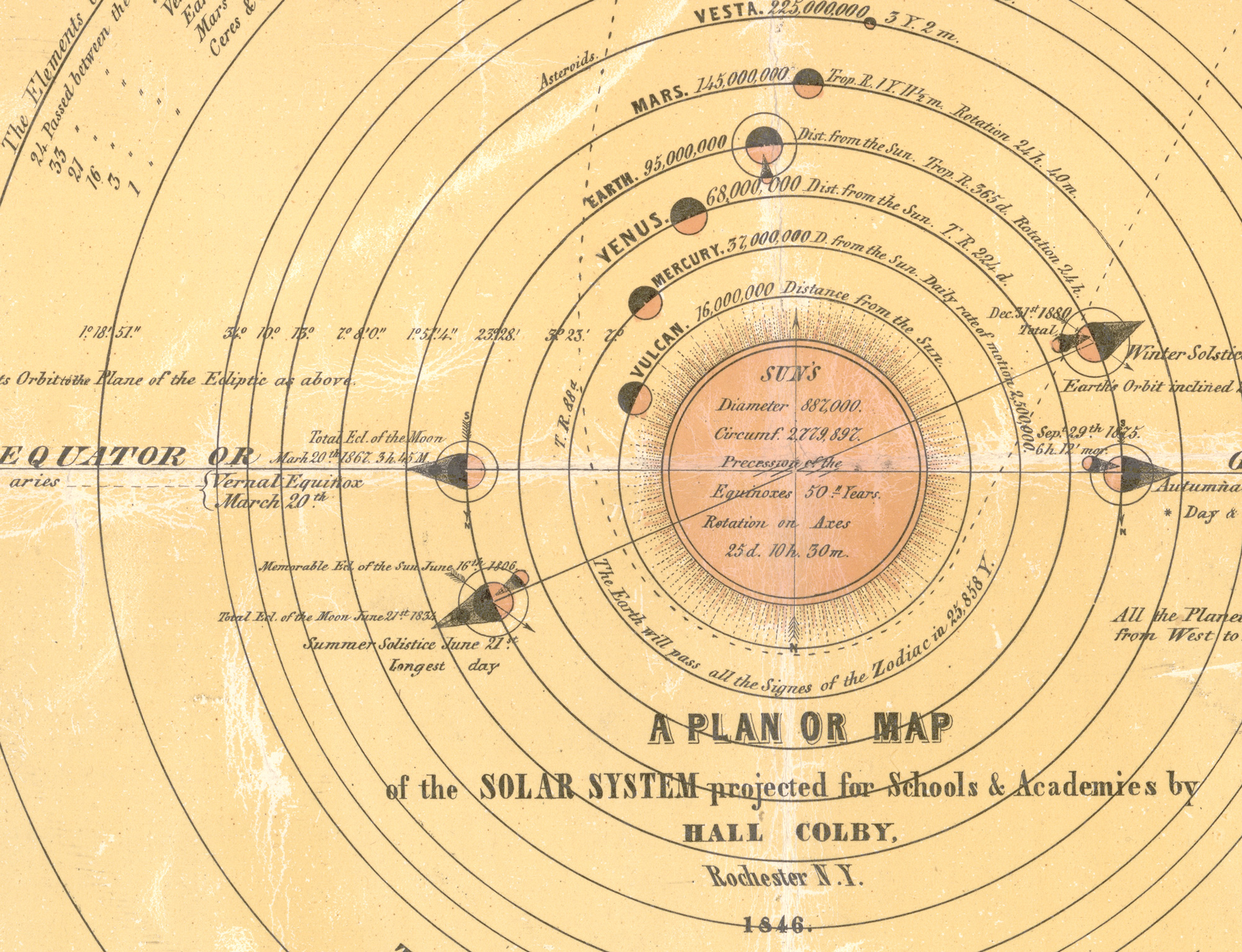
Skepticism in scientific circles however, the favored press largely embraced the concept of Vulcan. The Producer and Builder, a month-to-month “sensible journal of commercial progress” wrote:
“Our textual content books on astronomy must be revised once more, as there isn’t any longer any doubt in regards to the existence of a planet between Mercury and the solar.”
As The New York Occasions put it:
Vulcan exists, and its existence can now not be denied or ignored. The Earth should henceforth be ranked because the fourth planet from the solar, and the youngsters within the public faculties who’ve been taught to recite their planets after the old school order, have to be required to commit Vulcan to reminiscence and insert it in its correct place.
Within the Scottish periodical The North British Overview, one reporter remained skeptical:
For the reason that first discover of the invention at first of January, 1860, the solar has been anxiously noticed by astronomers […] and but no planet has been discovered. […] Ought to this be the case, we should refer the spherical spot on the solar to a few of these illusions of the attention or of the mind which have typically disturbed the tranquility of science.
In 1877, a yr after Heinrich Weber’s remark, Urbain Le Verrier’s well being started to sharply decline. He was gripped with fatigue. This, it turned out, was because of most cancers of the liver. In September of that yr, the achieved astronomer and mathematician died, aged 66, one of many few astronomers in historical past to have found a planet—not to mention two.
A yr after Le Verrier’s passing, Vulcan’s prospects have been additional cemented when two extra skilled astronomers reported sighting the evasive celestial object from impartial websites throughout a complete photo voltaic eclipse. Each observers described a reddish disk close to the solar that might not be accounted for by recognized astronomical our bodies. Professor James Craig Watson observing from Wyoming, USA, later stated in an interview:
I used to be happy that there was a planet throughout the orbit of Mercury, simply as I’m happy that there’s outdoors the orbit of Neptune. […] It was on the fifth sweep that I noticed the thing. It appeared about as massive as a two-shilling piece, didn’t have so many rays as a star, and was with out the elongation of a comet. As quickly as I noticed it my consideration was attracted. I subsequent felt sure I had discovered what I used to be in search of.
Scientific American reported:
After twenty years of dispute, sophisticated by many uncertain and conflicting observations, the intra-Mercurial planet found by the Parisian doctor, Lescarbault, will most likely now should be admitted to full standing among the many planets.
And in The Occasions in London:
There appears little purpose to doubt {that a} new planet nearer to the solar than Mercury has been found, and that this planet actually is Lescarbault’s Vulcan.
In 1880, two professors engaged on behalf of the US authorities reported the remark of Vulcan throughout a complete photo voltaic eclipse seen from California. The matter appeared settled. Le Verrier will need to have completed it once more. To posthumously honor his contributions to astronomical science, the architects of the Eiffel Tower inscribed his title amongst 72 others when the landmark was erected in 1889. Though astronomers have been nonetheless unable to reliably observe planet Vulcan, and a substantial amount of scientists nonetheless felt it was a delusion, a considerable portion of individuals have been satisfied it was on the market. One thing was actually inflicting Mercury to wobble, and Vulcan remained the perfect clarification.
In 1915, 38 years after Le Verrier’s demise, a theoretical physicist revealed a brief paper titled “Die Feldgleichungen der Gravitation,” or “The Subject Equations of Gravitation.” The paper by no means as soon as talked about planet Vulcan, but proved instrumental in Vulcan’s scientific destiny, in addition to our very understanding of the legal guidelines of the universe.
The paper was the work of Professor Albert Einstein. Whereas not but a family title, Einstein was already recognized amongst physicists for his idea of particular relativity revealed ten years earlier, which described the connection between house and time and the consequences of relativistic velocities. This new paper laid out the speculation of basic relativity, which proposed that gravity is geometric curves in spacetime brought on by mass.
Such a idea appeared tough to check, however Einstein had a convincing calculation included in his paper. Bearing in mind the mass of the solar and Mercury’s distance from it, he confirmed how his equations completely predicted the planet’s perihelion precession. One other check Einstein proposed was to watch a complete photo voltaic eclipse and evaluate the positions of stars across the solar with their recognized positions. If basic relativity was appropriate, the celebrities’ obvious positions would shift nearer to the solar’s heart as a result of mild being bent, an impact referred to as gravitational lensing. In Could 1919, British astrophysicist Arthur Eddington confirmed this prediction throughout an eclipse seen from the West African island of Principe. When the favored press realized that Newton’s long-held legislation of common gravitation was lastly outmoded, Einstein grew to become world well-known.

With basic relativity, there was now not a necessity for an invisible planet to elucidate Mercury’s odd wobble—our native star was simply bending the universe a little bit. Vulcan disappeared in a puff of theoretical physics. The entire sightings from over the centuries have been written off as misidentified sunspots, artifacts of harsh viewing circumstances, and wishful pondering. All the identical, many astrologers proceed to depend on Vulcan for his or her horoscopes. The Worldwide Astronomical Union, a physique answerable for naming celestial objects, continues to order the title “Vulcan,” simply in case we do someday detect an invisible planet lurking within the coronary heart of our photo voltaic system.
Epilogue
In 1971, 56 years after Einstein revealed his idea of basic relativity, physicist Joseph Hafele and astronomer Richard Keating visited Pan Am Airways to purchase tickets for a particularly long-haul sequence of flights: a visit across the whole planet. The pair of scientists bought tickets for 4 seats—one seat for every of them, and two for “Mr. Clock.” Mr. Clock was a pair of cesium-beam atomic clocks on mortgage from the US Workplace of Naval Analysis—timekeeping units with an error fee of +/-1 second each 1.4 million years. The clocks have been each exactly synchronized with a grasp atomic clock at america Naval Observatory. The scientists hypothesized {that a} journey all over the world at 30,000 toes, with its various velocity and marginally decreased gravity, would trigger measurable time dilation on these extraordinarily exact devices.
The primary Pan Am 747 departed Washington, D.C., heading eastward. Hafele, Keating, and Clock circled the globe over three lengthy days, with the scientists sleeping in shifts to observe the fragile tools. After lastly touchdown again in D.C., following a two-week relaxation, they repeated the train, however flying west, this time with a unique set of clocks. Upon touchdown, the moveable clocks have been in contrast with the grasp atomic clock on the Naval Observatory. The three units disagreed with each other according to the predictions of relativity—that they had all skilled the stream of time at barely completely different charges. With this elegant experiment, Hafele and Keating offered pretty sturdy proof that Einstein’s theories are appropriate. The entire price of the experiment was simply $8,000—$7,600 for airline tickets, and $400 for incidentals.
The most effective proof but for relativity comes from the fashionable World Positioning System, higher referred to as GPS. Every GPS satellite tv for pc in orbit has an onboard atomic clock that have to be synchronized with others on the bottom. However the orbiting satellites transfer at virtually 4 kilometers per second relative to Earth’s floor, and gravity is weaker 20,000 miles up. To maintain the 31 satellites’ clocks in sync with earthbound counterparts, engineers needed to construct atomic clocks that run 38 microseconds sooner per day to account for relativity. Whereas 38 microseconds doesn’t sound like a lot, with out this adjustment, the accuracy of GPS coordinates would diminish by about 7 meters per minute and virtually instantly develop into ineffective. For a similar causes, if people ever set up a long-term moon colony, lunar clocks might want to regulate for relativity to maintain in sync with Earth as a result of clocks tick barely sooner on the moon. And if we ever need to construct a GPS-style system for the moon dwellers, that can require one more tier of relativistic tuning.
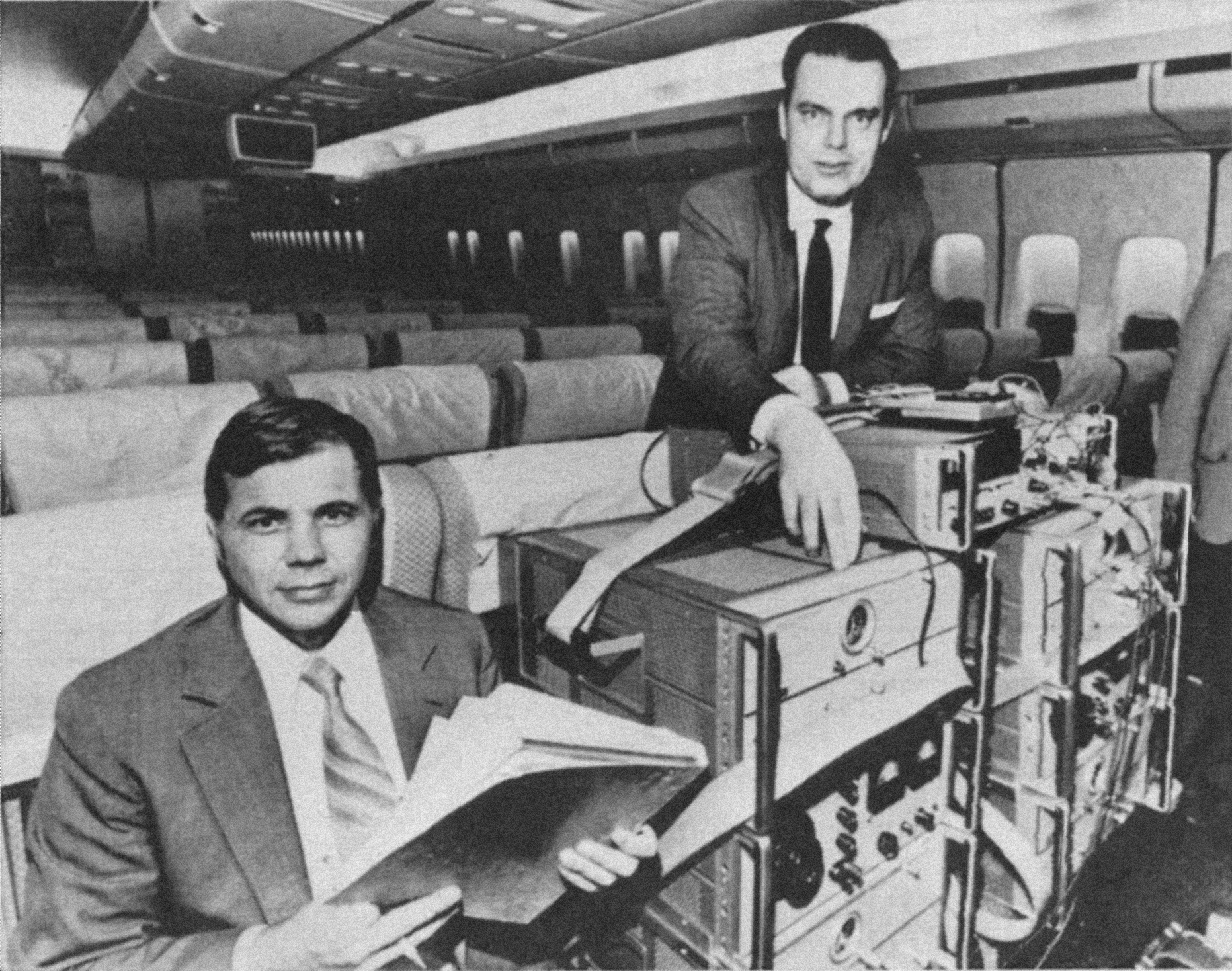
As remarkably profitable as Einstein’s idea of gravity has been, and in addition to it has held as much as experimentation, we additionally know that it’s incomplete—it breaks down at excessive scales. For causes that aren’t but clear, it has no predictive capability within the quantum realm. It additionally makes incorrect predictions on the cosmic scale; in accordance with basic relativity, most galaxies within the observable universe are spinning so quick that they need to fly aside primarily based on the mass we are able to see and the binding pressure of gravity. This inconsistency gave rise to the darkish matter speculation, which means that if relativity is precisely appropriate, a lot of the gravity within the universe should come from unseen, untouchable, and gravity-rich particles. Astronomers additionally observe that galaxies in our universe are transferring away from each other in a way that defies Einsteinian gravity, which led to the speculation {that a} darkish vitality is inflicting the universe to broaden.
It’s tempting to attract parallels between darkish matter, darkish vitality, and planet Vulcan—all of them elusive, invisible influences plugging holes in accepted theories. As clunky as they really feel, maybe the darkish matter and vitality hypotheses are precisely appropriate, and 84% of the universe actually is a soup of invisible, untouchable gravity blobs and mysterious stretching forces. In any case, the universe isn’t obligated to agree with human instinct. Or, maybe someday a brand new idea will come up that describes noticed actuality extra reliably, superseding basic relativity simply as Einstein did to Newton. As Einstein himself stated, “No quantity of experimentation can ever show me proper; a single experiment can show me fallacious.” Maybe someday darkish matter and vitality will disappear in a brand new puff of theoretical physics. Spacetime will inform.
© 2023 All Rights Reserved. Don’t distribute or repurpose this work with out written permission from the copyright holder(s).
Printed from https://www.damninteresting.com/journey-to-the-invisible-planet/
Because you loved our work sufficient to print it out, and skim it clear to the top, would you take into account donating a couple of {dollars} at https://www.damninteresting.com/donate ?

